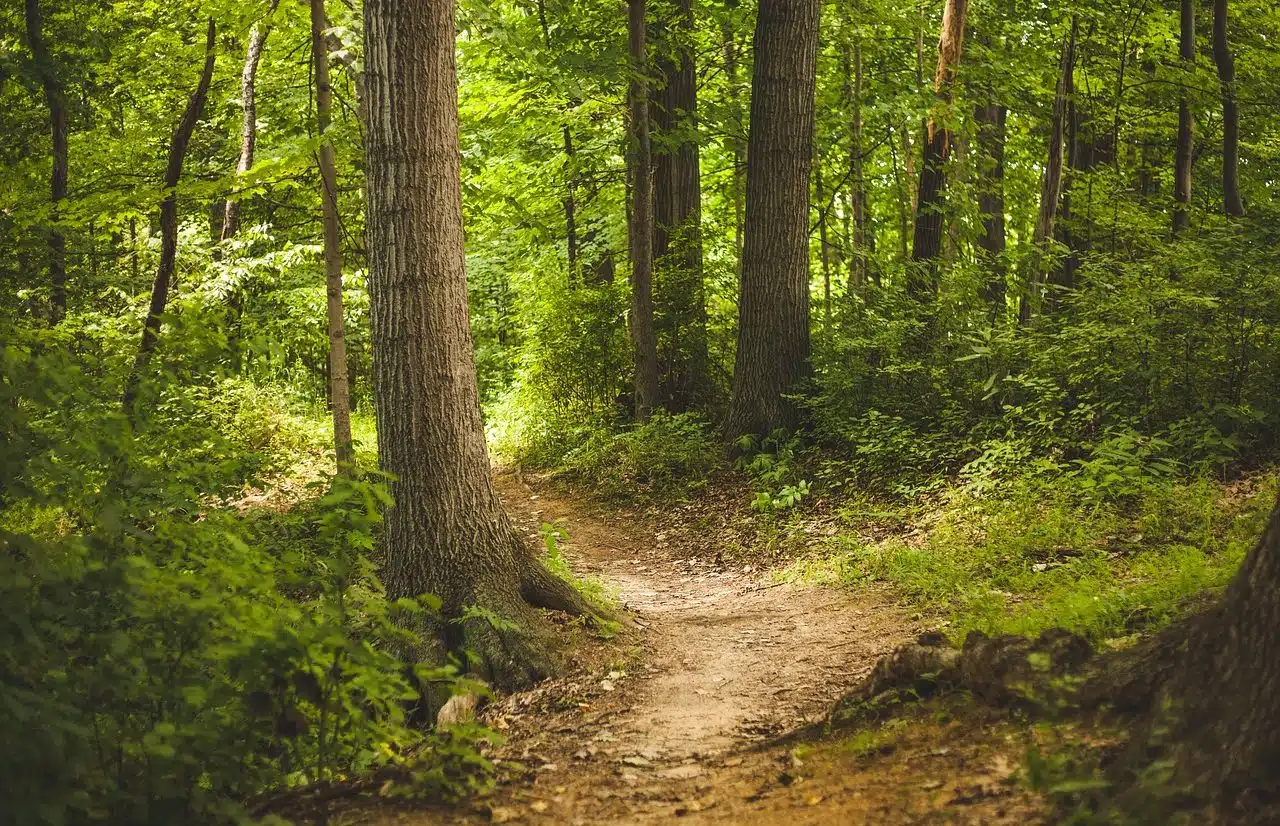
The understory is the forested region that is closest to the surface.
The understory is the set of shrubs, herbs and thickets that, in a forest , develop under the trees . It can be said, in this sense, that the understory is the forest sector closest to the surface and covered by the forest canopy (the treetops).
In addition to shrubs, herbs and thickets, young trees can be found in the understory. These specimens, over the years, will grow until they leave the undergrowth and become part of the forest canopy. The rest of the species , however, remain in the undergrowth throughout their lives.
Understory characteristics
Sunlight reaches the undergrowth in limited quantities, since the tallest trees are responsible for blocking it. This means that the species that are part of the undergrowth must optimize their photosynthesis capacity because the light they have is reduced.
Another peculiarity of the understory, also related to the height of the forest canopy, is that the soil heats up slowly and, in this way, evaporation also slows down. As a consequence of this characteristic, the undergrowth has a higher humidity index than the rest of the forest; That is why it usually houses different kinds of fungi .

The trees block the passage of sunlight into the understory.
Its species
The reduced sunlight and high level of humidity make the undergrowth a special habitat for various species of flora and fauna . This means that, in the same forest, we can find very different plants and animals depending on the sector in which they live.
Let's see below some of the plants that we can find in this substructure of the forest which we call undergrowth, which offers a particular variety of species "refugee" under the treetops. Imposing sizes, unparalleled color and intense flavors are some of its main features.
Tree ferns in the understory
In a forest where chestnut trees and oaks abound, for example, beneath them it is possible to find various tree ferns , which collaborate in the creation of a truly majestic landscape. It is worth mentioning that in an area like this there may also be a water course that runs through part of its surface, surrounded by wild plants in a meadow .
Returning to tree ferns, one of them may be the so-called Dicksonia antarctica , a plant native to Australia that dates back to the Jurassic period and can reach several meters in height (even exceeding 12 meters in nature ). Its trunk resembles that of palm trees. As expected from an understory species, it does not require direct exposure to sunlight for its development .
Another typical species of an undergrowth like the one described above is Dryopteris filix-mas . This fern, unlike the previous one, does not have a trunk and is smaller in size, although its fronds are also very beautiful.
Phiatea cooperi , for its part, is a structural fern that usually grows in tropical areas, although it has also adapted very well to the Atlantic. As in the case of Dicksonia antarctica , its fronds are very attractive and reach a large size.
Flowers and fruits
Moving on to the meadow, many wild flowers with truly varied and impressive appearances can appear in the undergrowth, as occurs with the Meconopsis cambrica or the Silene dioica . The first of them stands out for its color, while the second is especially delicate and prefers humidity and shade for its development.
Forest strawberries can also find their place in an environment of this kind, and are characterized by the intensity of their flavor and their discreet dimensions.
Other uses of the term understory
Sotobosque , finally, is the name of an inn located in the Spanish town of Mortera and of a club in Soto del Real .
The inn in question offers 3-star accommodation. As for the club, we can say that it is an orienteering and mountain entity.
